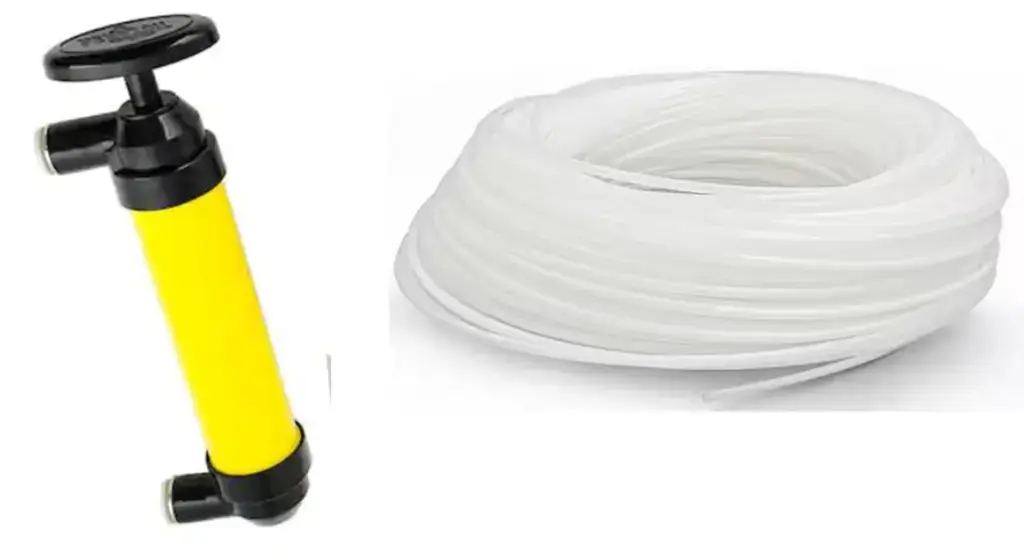What happens if you overfill oil in your car?
Overfilling by a half quart isn’t a problem, but more than that can cause problems
How much oil overfill can an engine handle?
It really depends on the engine and the total oil volume recommended by the carmaker, but generally speaking, most engines can handle up to 1/2-quart without a problem. Once you overfill oil in your car by more than that, you can start causing problems. On smaller engine (less than 1.5L) overfilling by 1/2-quart can be a problem.
Overfilling oil in your car can cause these symptoms and problems
Oil Foaming is the #1 problem of oil overfilling
As the crankshaft rotates, it hits oil in the pan, whipping air into it and causing the oil to foam. Foam in the oil prevents the oil from lubricating properly. In addition, frothy oil doesn’t remove heat from high friction areas, causing them to overheat and wear at an accelerated rate. Lastly, oil doesn’t compress, but foamy oil does, so it lowers oil pressure throughout the engine, and that can cause metal to metal contact.
Lack of lubrication due to aerated oil
Oil doesn’t compress, but foamy oil does, so it lowers oil pressure throughout the engine, and that can cause metal to metal contact.
Excessive oil splash causing misfires, poor engine performance and smoke
The crankshaft, which is an integral part of the engine’s internal movement system, may end up churning in the excess oil. The excessive oil can cause excessive oil splash, causing to much oil to land on the bottom portion of cylinder walls. The oil rings on the piston capture that excess oil and carry it into the combustion chamber causing misfires, poor engine performance, carbon buildup, and excessive oil consumption. Even worse, the extra oil that doesn’t get burned during combustion can wind up in the exhaust and catalytic converter causing the converter to overheat and even melt.
The excessive oil burning in the cylinder can cause smoke from the tailpipe. However, that would only occur before the catalytic converter has reached its full operating temperature. Once at full temperature, the converter burns off the oil, eliminating the smoke. That’s how things normally work. But with too much oil, the converter can overheat and self destruct, costing up to $2,000.
Oil leaks from too much oil in the crankcase
Engineers know that the spinning crankshaft will cause oil splash and they design the oil pan and oil pan gaskets to prevent oil pan gasket leaks when the crankcase is filled the proper amount of oil However, if you overfill oil in your car by more than 1/2″ quart, the crankshaft can cause way too much oil splash and that splash can rise over the height of the oil pan gasket and leak out in weak spots
Increased Pressure in the Crankcase
The foamed oil, like suds in your kitchen sink can rise oil can increase the pressure inside the engine’s crankcase, which can lead to oil pushing its way into places it shouldn’t be. This could cause leaks, contamination of other systems, or even damage to engine seals and gaskets.
Engine failure from too much oil
With oil not doing its job of lubricating, preventing metal to metal contact and removing heat, excessive oil can lead to total engine failure.
How to remove excess motor oil from your engine
If you’ve overfilled oil in your car by more than 1/2- quart, remove the excess by unscrewing the drain plug and draining out the excess. If you can’t get under the vehicle, purchase a small coil of 1/4″ O.D. polyethylene or polypropylene tubing from a hardware store. Purchase an inexpensive hand pump.
Remove the engine oil dipstick and slowly thread the tubing down the dipstick tube. Go slowly and ensure that the tubing doesn’t bind in the dipstick tube. Use the hand pump to remove the excess oil. Dispose of the oil properly
Posted on by Rick Muscoplat
